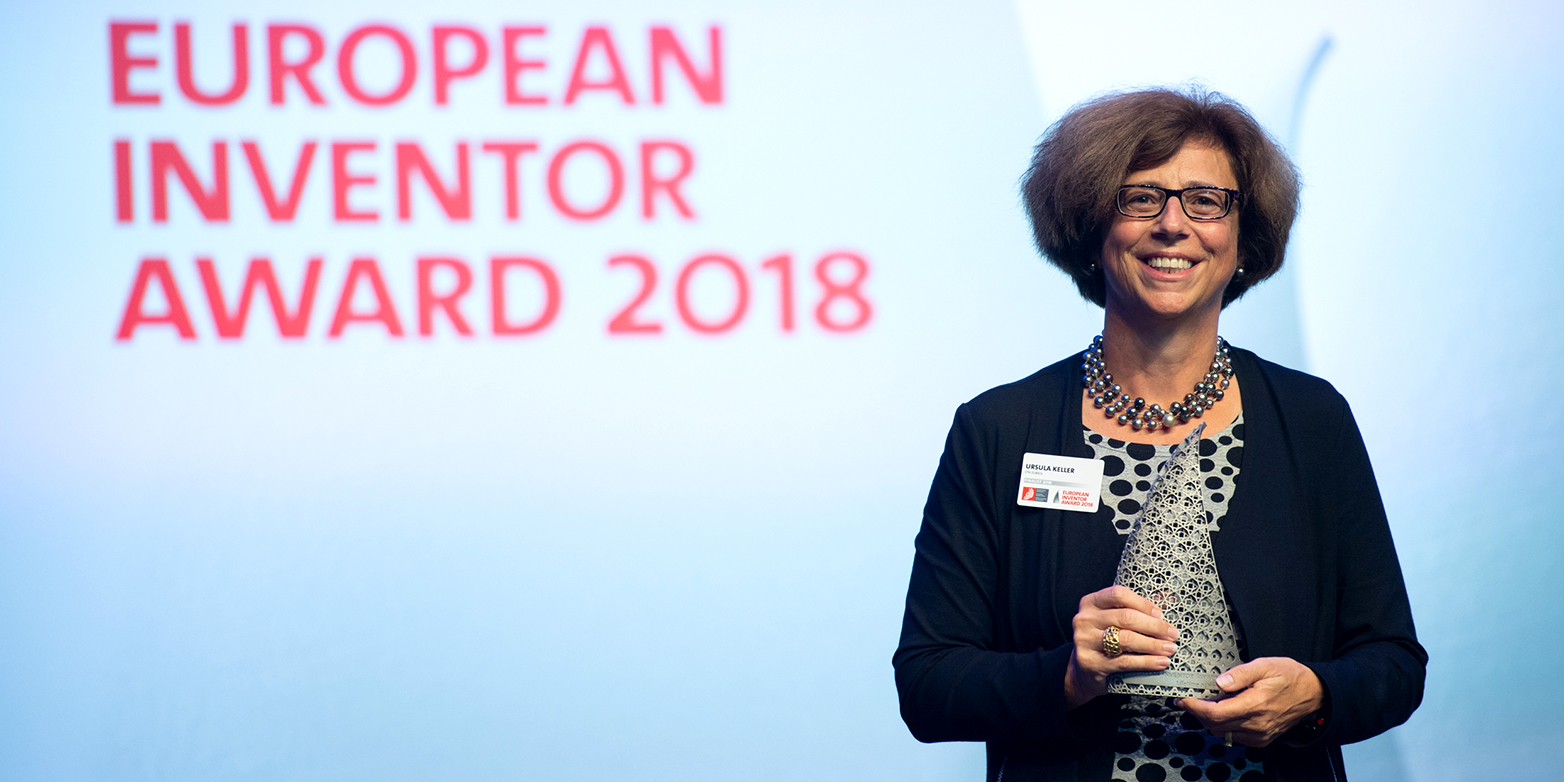Outstanding lifetime achievement
ETH physicist Ursula Keller has received the European Inventor Award in Paris for her research into ultrafast lasers. It is Europe’s highest accolade for inventors from around the world.
Since 2006, the European Patent Office has been presenting the annual Inventor Award to people whose ideas and creativity have significantly advanced the development of innovative products. This year’s recipients include a physicist from ETH Zurich: Ursula Keller, Professor of Ultrafast Laser Physics, was selected by the jury in the lifetime achievement category for her work on ultrafast lasers.
Pioneering invention
Keller laid the foundations for her successful research and development activities during her time at Bell Laboratories in the US at the beginning of the 1990s. There, she discovered how to transform continuous laser light from diode-pumped solid-state lasers into ultrafast laser pulses. With SESAM (semiconductor saturable absorber mirror) technology, she handed science, industry and medicine a new instrument that enabled previously unimaginably precise interventions.
As professor at the Department of Physics, Keller continued to develop the SESAM concept from 1993 onwards. She also succeeded in producing ever shorter laser pulses, until only one or two light oscillations were contained in one laser pulse. However, these oscillations were not synchronised from one pulse to the next which has become relevant for further applications. The solution to this problem led to the invention of the most accurate clocks in the world: the “attoclock” and the optical clock.
Diverse applications
Almost all industrial short pulse laser systems are now fitted with the SESAM technology developed by Ursula Keller. For example, it is used to remove extremely thin slices of material only a few nanometres thick or to conduct delicate eye operations. One major advantage of the technology is that the surrounding material is not heated by the short, high-energy laser beam pulses, which means that these lasers can also be used to manipulate temperature-sensitive materials.
Its uses are not restricted to niche applications, as the figures from the European Patent Office show: the global market for ultrafast lasers totalled EUR 2.17 billion in 2017. That is around a fifth of the total market for laser systems. The Patent Office expects this market sector to expand to EUR 8.3 billion by 2023.
Ursula Keller and, later, her students have founded various spin-off companies based on the technologies developed by her group, which have successfully established themselves on the market. Keller’s ultrafast lasers are not only of great interest to industry, however, but also to fundamental research.
Her laser-operated attoclock measures intervals with a precision of a few billionths of a billionth of a second (10-18 seconds), i.e., with an accuracy of attoseconds. The attoclock is based on the circular polarisation of laser light. As the laser field vector rotates 360 degrees in only around 1,000 attoseconds, it provides an extremely precise stopwatch – the “hand” turns incredibly quickly. With the attoclock, Keller was able to directly measure the speed of electron tunnelling for the first time. This is a fundamental quantum physical process that appears everywhere in nature, but is still theoretically debated today.
The optical clock, on the other hand, uses linear polarisation and the short pulse laser’s high oscillation frequency of several hundred terahertz. This allows time measurement to be improved by four orders of magnitude in comparison to an atomic clock. Keller hopes that in future, this will allow us to check if our physical constants of nature really are constant.

